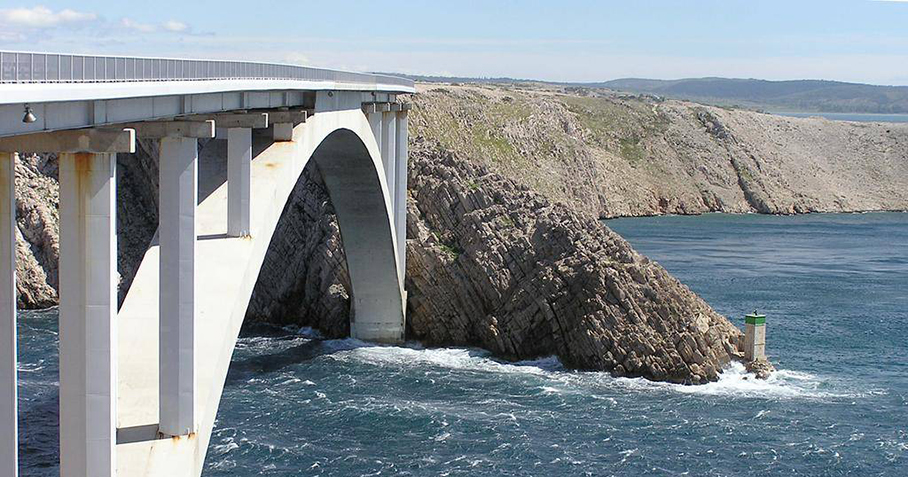
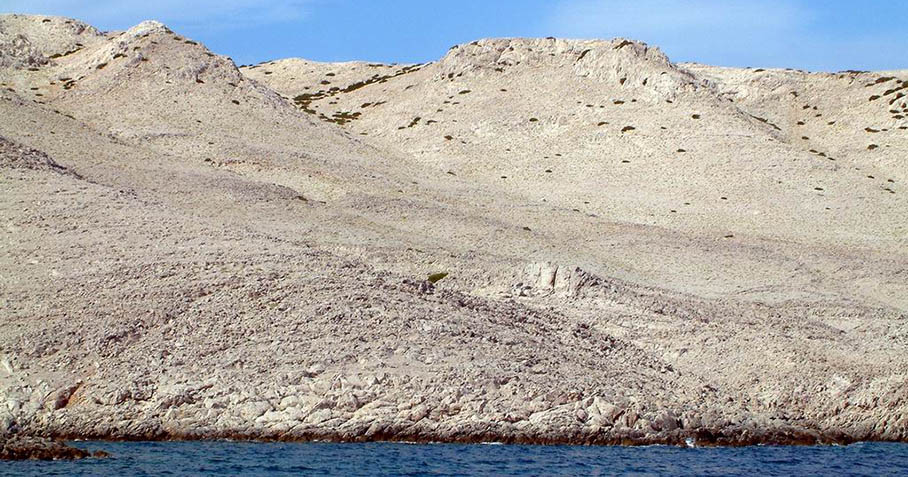
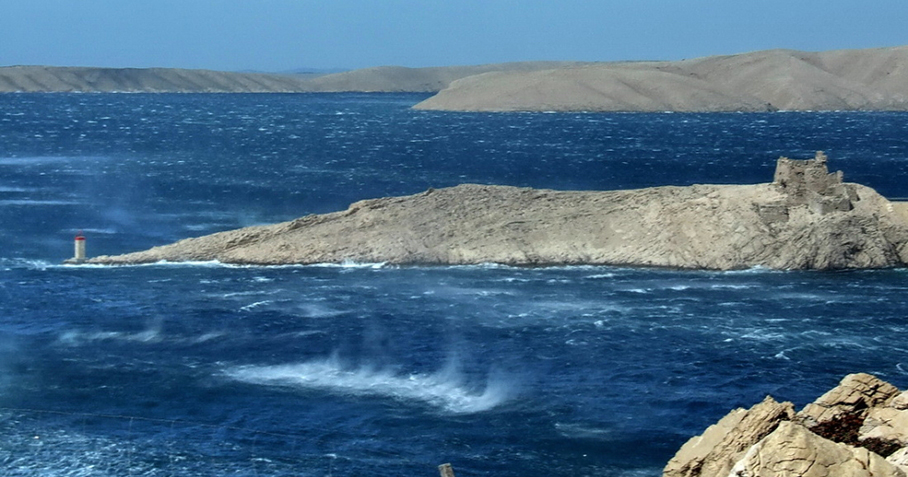
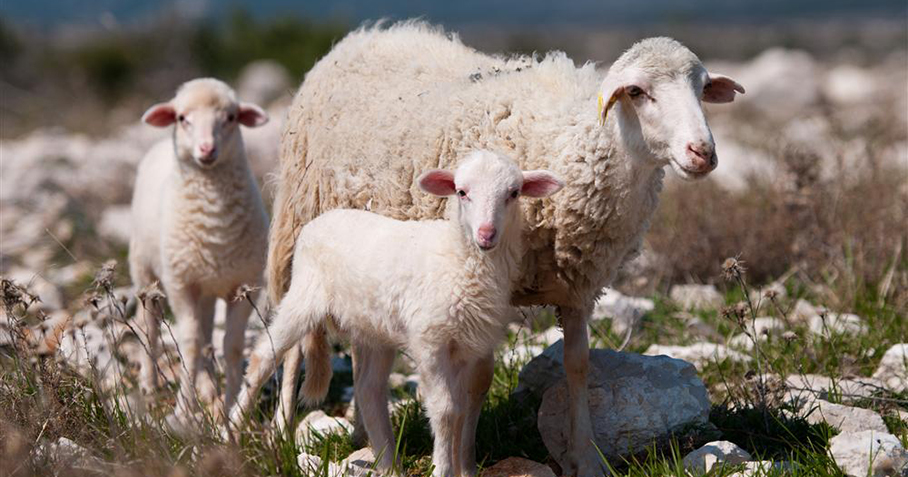
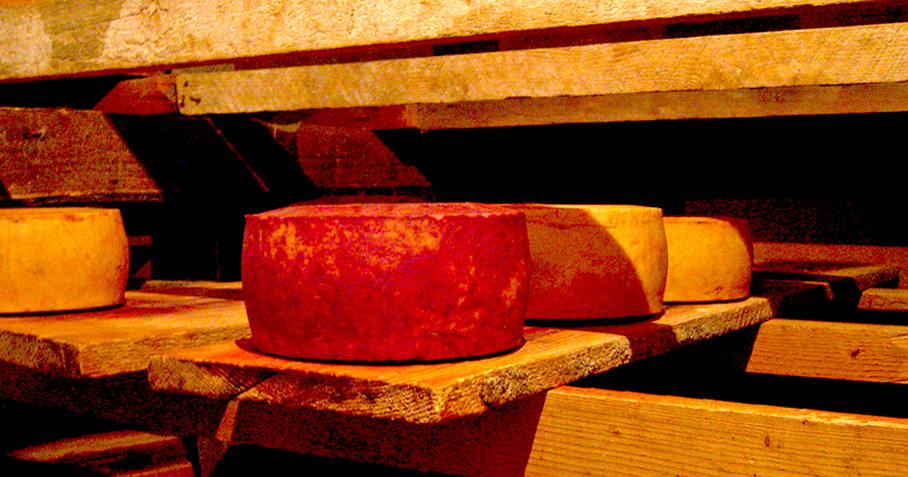
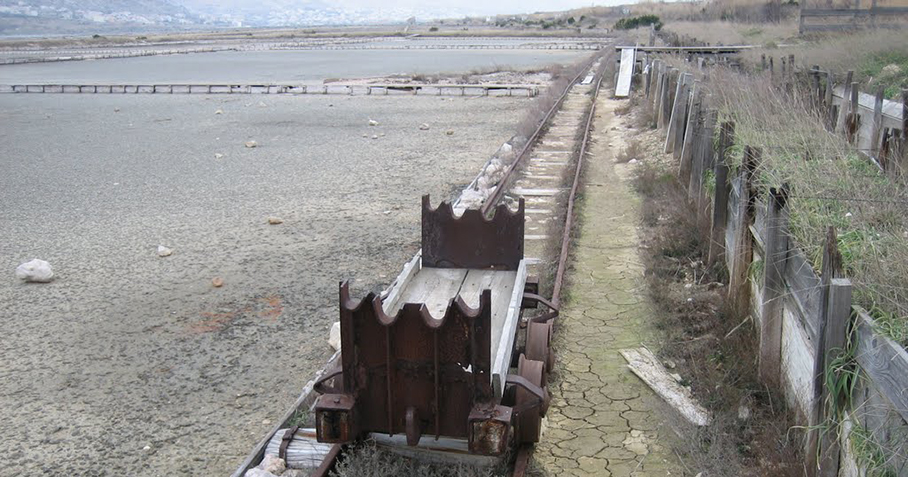








The island of Pag is one of the biggest Adriatic islands: it is the fifth largest island with 284.50 square kilometres. Its 270 kilometres of the indented coastline make it the island with the longest coastline on the Adriatic, rich with coves, bays, beaches and capes. The biggest bay, the bay of Pag, is rounded by 20 km of the gravel beaches. Pag is unique due to its vegetation where trees are the most rare form. Therefore, Pag is the largest kingdom of rocky ground on the Adriatic, where thin grass, low aromatic herb cover, sage and immortelle grow. They make the foundation of the nourishment of the island's sheep on the rocky ground, intersected by long dry stonewalls, giving a special flavour to the well known cheese of Pag..
The gastronomy of the island offers first class sheep cheese and lamb, as well as various seafood specialities. Pag is the town of the sea salt. The importance of the salt was the main reason that Pag was constructed in the 15th century, according to a plan and as a fortified town. The original salt manufacture by draining of the sea, which is brought in the small clay pools (saline), is still present on the island. These salt pools are not only an authentic relict of the past but also an interesting photographic motif.
The characteristic relief of the island of Pag is shaped by the low shore area which spreads from the bay of Košljun further to the northwest, up to the cove and port Proboj, and to the southeast up to the cove and port of Povljana. The inhabitants of Povljana were the last on the island that engaged in tourism. The vast area of the village is covered with rich vineyards. There are no larger tourist facilities in Povljana, so the offer bases on the private accommodation. Two sites that should be visited by all means are the early Croatian church of St. Nikola from the 11th century and the ornithological reserve Velo blato on the way to the village Vlašici.
